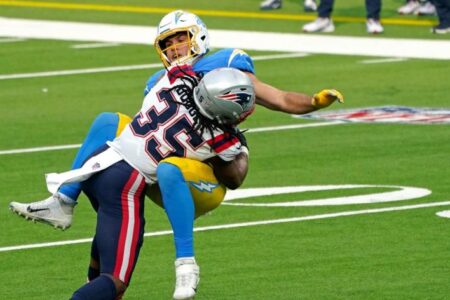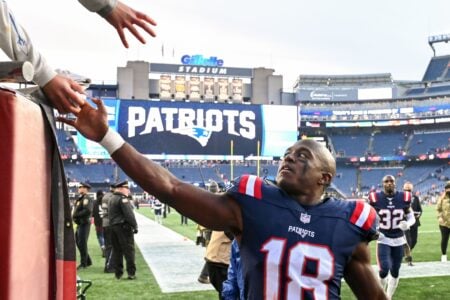BobDigital
Pro Bowl Player
- Joined
- Aug 10, 2013
- Messages
- 16,350
- Reaction score
- 15,044
Passing is better than running clearly. Just look at the average pass play vs the average run play and you will see the average pass play on the whole leads to a better out come particularly when we fact in natural abbe ration between plays.
The average YPP is something like 7.2 and the average YPR is 4.2
So about a 3 yard difference per play between running and passing. Pretty clear which is the overall better option most plays.
The average YPP is something like 7.2 and the average YPR is 4.2
So about a 3 yard difference per play between running and passing. Pretty clear which is the overall better option most plays.



















